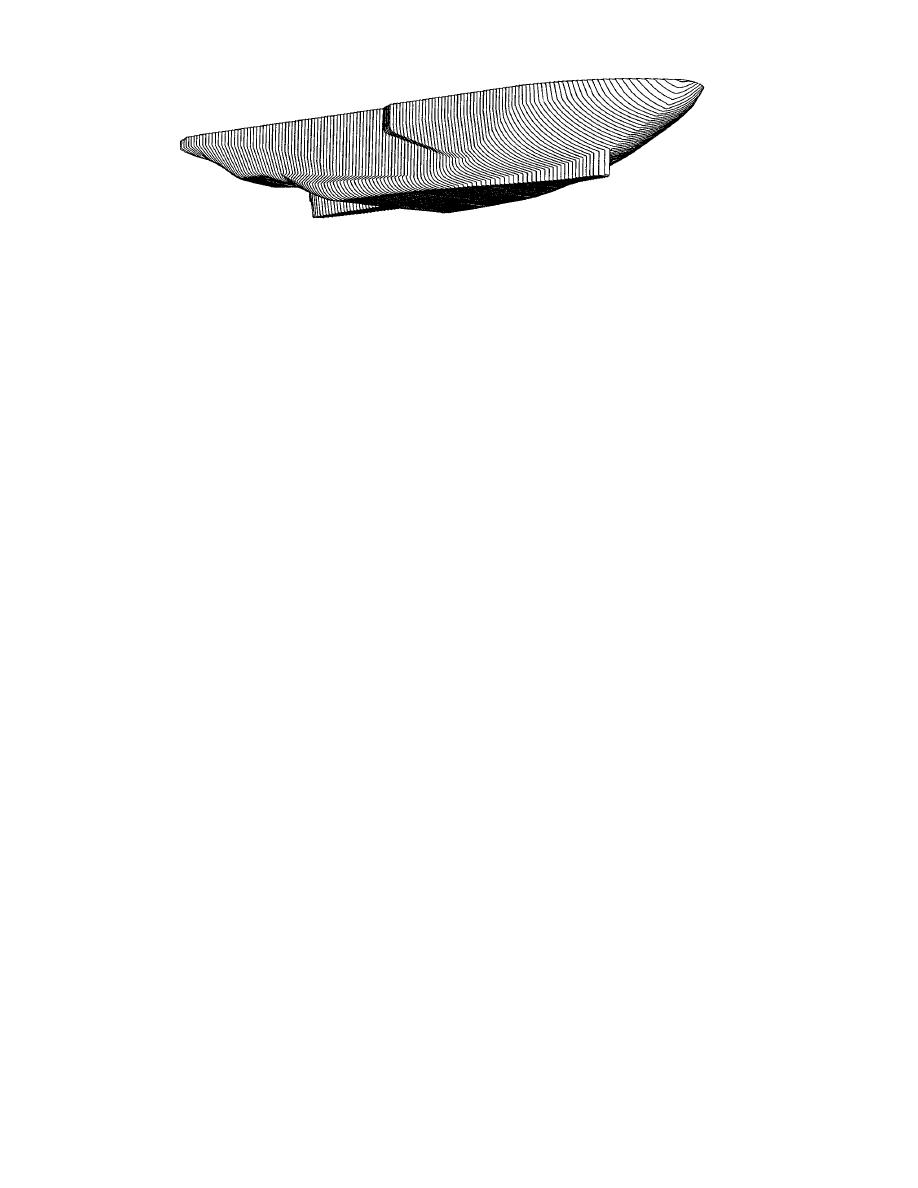
Figure 9. Hull form of the Finnish multipurpose icebreakers Finnica and Nordica (after
Lohi et al. 1994).
Semi-spoon bow with chines
ture from the smooth hull shapes. Each shape has
This shape is similar to the spoon bow shape,
some benefits and some drawbacks. Therefore, the
except that the extended beam (reamers) are re-
selection of a bow shape should be based on a full
placed by shoulder chines. This shape has been
understanding of the operational requirements of
used on vessels working in the Beaufort Sea, and
a ship.
it has improved icebreaking performance. But it
has had some detrimental effect on the open-wa-
Midbody shape
ter resistance.
The midbody shape of a polar ship is character-
ized by three parameters: flare angle, parallel sides
Flat family
and longitudinal taper (Dick and Laframboise
These shapes are similar to the spoon bow and
1989). The objective of midbody flare is to decrease
semi-spoon bow shapes, except that flat plates
the resistance caused by it while passing through
have been used to reduce the construction costs.
the channel broken by the bow. Some of the ice-
This shape was developed as a compromise be-
breaking cargo ships have a long, parallel midbody.
tween icebreaking capabilities and construction
Some of the icebreakers have forward shoulders
costs. This type of bow has been used on the Ca-
to break a wider channel to eliminate any ice resis-
nadian vessels Arctic Nanabush, built in 1984, and
tance from a parallel midbody. Similarly, a mid-
Arctic Ivik, built in 1985, both being used for ice
body with longitudinal taper eliminates ice resis-
management in the Beaufort Sea.
tance aft of the forward shoulders. This shape has
been used on barges pushed by small tugs that
Thyssen-Waas bow
operate in sheltered water. The drawbacks of lon-
This type of bow shape is a significant depar-
gitudinal taper in the midbody are higher con-
ture from a conventional icebreaking bow. The bow
struction costs and an increased probability of get-
first breaks the ice by shearing at the maximum
ting stuck in pressured ice. A longitudinally ta-
beam of the ship, and then breaks the ice in bend-
pered midbody is not used on icebreakers or
ing across the front of the bow. This shape is char-
icebreaking cargo ships.
acterized by flat waterlines at the extreme forward
end, extended beam, a low stem angle with an ice
Stern shape
clearing forefoot, and high flare angles below the
All icebreakers must move astern in ice. Some
waterline. The ice clearing capability is so good
icebreakers may move back only in the previously
that the channel behind the ship is about 85% free
broken channel or in broken ice. But there are those
of ice. As mentioned earlier, the vessels that have
icebreakers providing a support role that must
been fitted with this type of bow are the Max
break ice while moving astern. Depending upon
Waldeck (1980), the Mudyug (1986) and the Kapitan
the mission profile, these ships may have an ice
Sorokin (1991).
breakingdeflecting stern shape, as shown in Fig-
Of the seven bow shapes listed above, the first
ure 9. The main concern while moving astern is
three can be called "conventional" or "traditional,"
the ingestion of ice blocks into the propellers. De-
because these shapes retain the smooth hull, which
spite many innovative stern designs and shrouded
offers the least resistance in open water. The other
propellers, there is still considerable interaction be-
four shapes are "unconventional" or "nontradi-
tween ice and propellers (Dick and Laframboise
tional," in that these shapes are a distinct depar-
1989).
10



 Previous Page
Previous Page
